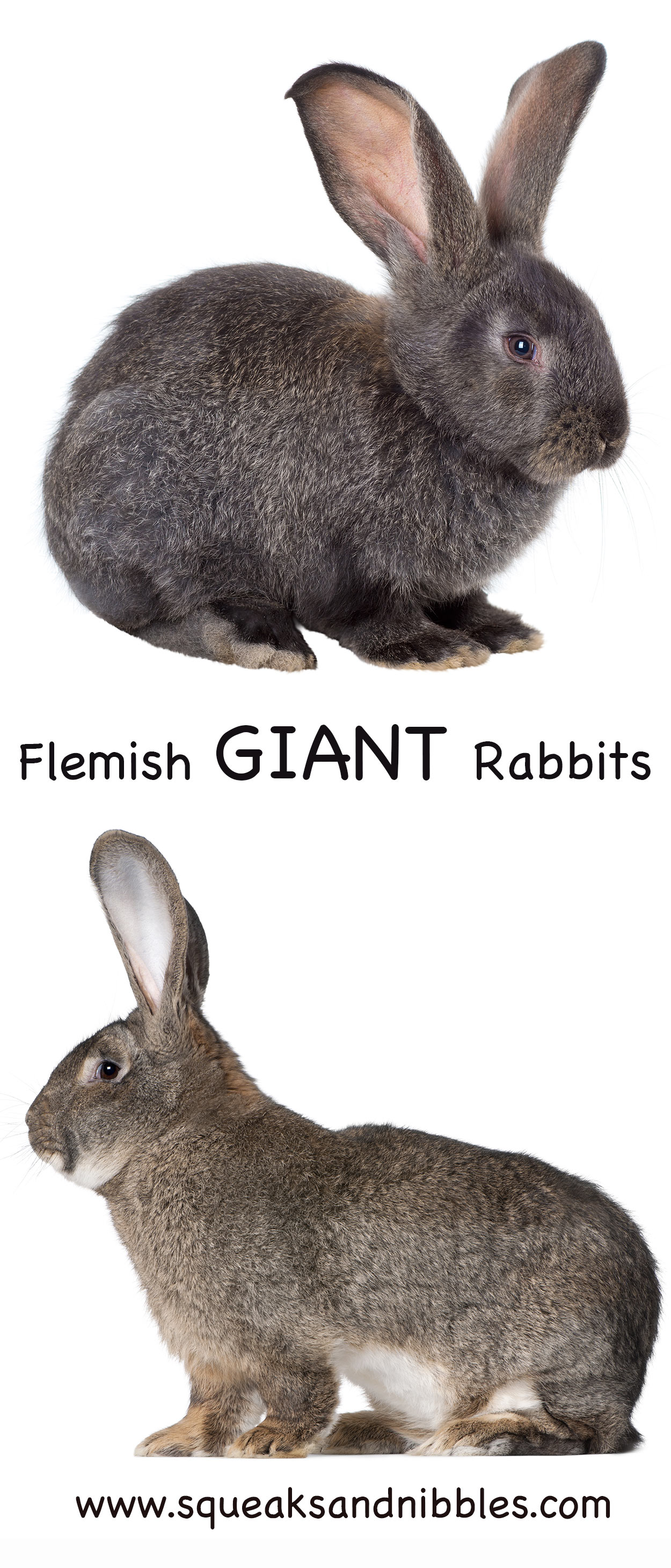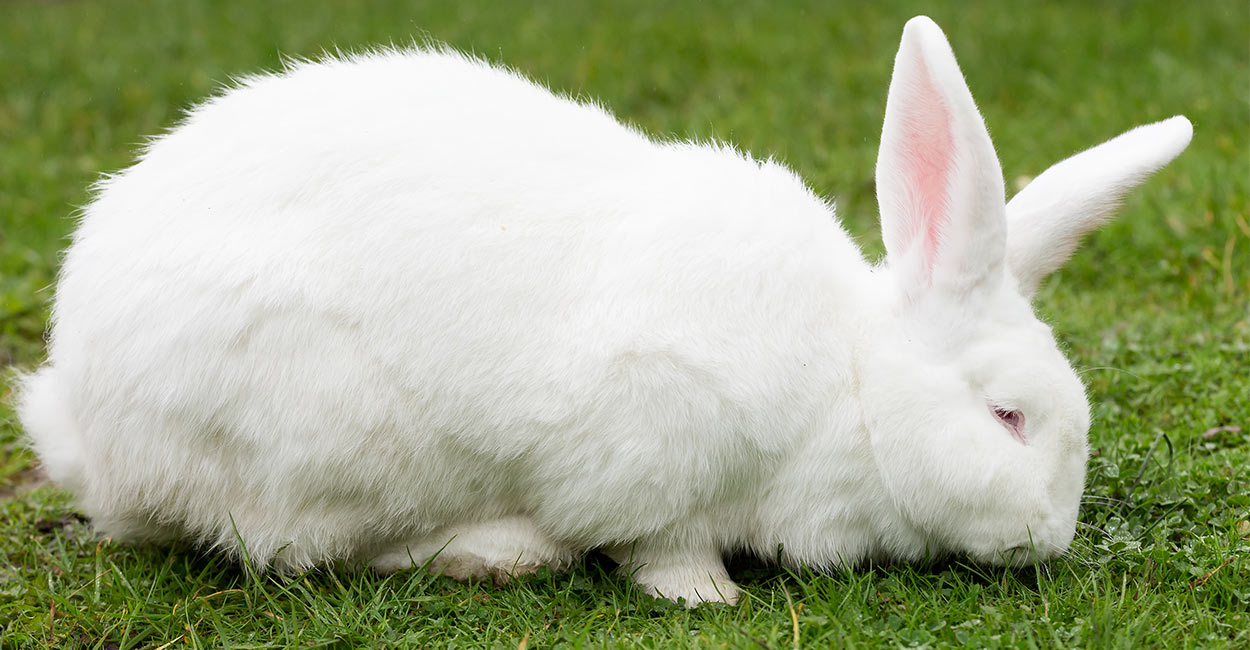Flemish Giant Rabbits: The Gentle Giants Of The Rabbit World
When it comes to pet rabbits, the Flemish Giant stands out as a true showstopper. These massive rabbits aren’t just big in size; they’re big in personality, charm, and heart. If you’ve ever wondered about owning one of these gentle giants or simply want to learn more about them, you’re in the right place. Flemish Giant Rabbits are not your average house bunnies, and that’s exactly what makes them so fascinating.
Imagine a rabbit that could easily fit into a small dog category when it comes to size. That’s the Flemish Giant for you. They’ve been around for centuries, and their history is as rich as their fluffy coat. From being bred for fur and meat to becoming beloved family pets, these rabbits have come a long way.
But owning a Flemish Giant Rabbit isn’t for everyone. These bunnies require a lot of care, space, and attention. So, before you decide to bring one home, it’s essential to understand what makes them tick. In this article, we’ll dive deep into the world of Flemish Giants, covering everything from their history and care to breeding and health tips. Let’s get started!
Table of Contents
- The Fascinating History of Flemish Giant Rabbits
- Key Characteristics of Flemish Giant Rabbits
- How to Care for Your Flemish Giant Rabbit
- The Ideal Diet for Flemish Giants
- Providing the Perfect Housing for Your Bunny
- Common Health Issues in Flemish Giant Rabbits
- Breeding Flemish Giant Rabbits
- Adopting a Flemish Giant Rabbit
- The Cost of Owning a Flemish Giant
- Debunking Common Myths About Flemish Giants
The Fascinating History of Flemish Giant Rabbits
Let’s take a trip back in time to discover how Flemish Giant Rabbits became the majestic creatures they are today. These rabbits have a history that dates back to the 16th century in Flanders, Belgium. They were initially bred for their meat and fur, but over time, their size and gentle nature made them popular as pets.
The Flemish Giant Rabbit was officially recognized as a breed in the 1860s, and by the early 1900s, they had made their way to the United States. Known as the “king of rabbits,” these giants quickly gained popularity among breeders and rabbit enthusiasts. Today, they are celebrated not only for their impressive size but also for their friendly and laid-back personalities.
Why Are They Called Giants?
Well, the name says it all. Flemish Giants are, well, GIANT! Adult males can weigh anywhere from 13 to 15 pounds, while females can tip the scales at 15 to 22 pounds. That’s a lot of bunny! And let’s not forget their impressive length, which can reach up to 30 inches. So yeah, calling them “giants” is pretty spot on.
Key Characteristics of Flemish Giant Rabbits
So, what makes a Flemish Giant Rabbit stand out? Let’s break it down:
- Size: As we’ve already mentioned, they’re BIG. Like, REALLY big.
- Temperament: Despite their size, these bunnies are known for their calm and friendly demeanor. They’re often referred to as “gentle giants” for a reason.
- Coat: Their fur is dense and soft, coming in a variety of colors, including sandy, steel gray, black, white, light gray, and cinnamon.
- Ears: Their ears are long and upright, adding to their majestic appearance.
But size isn’t the only thing that makes these rabbits special. Their personality is what truly sets them apart. They’re social creatures who love interacting with their humans and other animals. Plus, they’re incredibly intelligent and can even be trained to do tricks!
Are Flemish Giants Good Pets?
For the right owner, absolutely! But they’re not ideal for everyone. These rabbits require a lot of space, time, and attention. They also have specific dietary and healthcare needs, so owning one is a big responsibility. If you’re willing to commit, however, you’ll be rewarded with a loyal and loving companion.
How to Care for Your Flemish Giant Rabbit
Taking care of a Flemish Giant Rabbit isn’t rocket science, but it does require some effort. Here’s a breakdown of what you need to know:
Space
These bunnies need plenty of room to move around. A standard indoor cage just won’t cut it. Ideally, you should provide them with a large enclosure or even a dedicated room where they can roam freely. If you’re keeping them outdoors, make sure their hutch is secure, well-ventilated, and protected from the elements.
Grooming
Flemish Giants have thick coats that require regular brushing to keep them healthy and free of mats. Aim to brush your bunny at least once a week, and more frequently during shedding season. This not only keeps their fur looking great but also helps prevent them from swallowing too much fur while grooming themselves.
Exercise
Like all rabbits, Flemish Giants need plenty of exercise to stay healthy and happy. Allow them to roam around your home (bunny-proofed, of course) or provide them with a large outdoor play area. They love to hop, explore, and even dig, so make sure they have plenty of opportunities to do so.
The Ideal Diet for Flemish Giants
Feeding a Flemish Giant Rabbit is a bit different from feeding smaller breeds. Due to their size, they have specific dietary needs that must be met to ensure their health and well-being.
- Hay: Unlimited access to high-quality grass hay (like timothy or orchard grass) is essential. It aids in digestion and helps wear down their teeth.
- Pellets: Offer a high-fiber, low-protein pellet designed specifically for large rabbits. Limit the portion size to prevent obesity.
- Vegetables: Fresh veggies like kale, parsley, and carrots should be given daily. Be sure to introduce new foods gradually to avoid digestive upset.
- Water: Always provide fresh, clean water. A heavy ceramic bowl or a hanging water bottle works well.
Can They Eat Treats?
Absolutely! But treats should be given in moderation. A few pieces of fruit or a small handful of healthy snacks per week is plenty. Remember, treats are just that—treats—not a substitute for a balanced diet.
Providing the Perfect Housing for Your Bunny
Where your Flemish Giant Rabbit lives is just as important as what they eat. Here’s how to create the perfect home for your bunny:
Indoor vs. Outdoor
Both indoor and outdoor housing options are viable, but each has its pros and cons. Indoor rabbits are often more social and easier to bond with, but they require more supervision. Outdoor rabbits have more space to roam but need extra protection from predators and extreme weather.
What to Look for in a Hutch
If you’re opting for an outdoor hutch, make sure it’s:
- Large enough for your rabbit to stretch out and move around.
- Secure from predators like raccoons and hawks.
- Well-ventilated to prevent overheating.
- Protected from rain, snow, and direct sunlight.
For indoor rabbits, consider using a large dog crate or an x-pen to create a safe and cozy space for them.
Common Health Issues in Flemish Giant Rabbits
Like all living creatures, Flemish Giants can suffer from health problems. Here are a few to watch out for:
- Obesity: Due to their large size, these rabbits are prone to weight gain if overfed or under-exercised.
- Dental Issues: Rabbits’ teeth grow continuously, so a diet rich in hay is crucial to prevent overgrowth.
- GI Stasis: A serious condition where the digestive system slows down or stops completely. It’s often caused by stress, dehydration, or a lack of fiber.
- Ear Mites: These pesky parasites can cause discomfort and ear infections if left untreated.
Regular Vet Checkups
To keep your bunny healthy, schedule regular visits with a veterinarian who specializes in exotic animals. They can perform routine exams, administer vaccines, and address any health concerns before they become serious.
Breeding Flemish Giant Rabbits
If you’re thinking about breeding Flemish Giants, there are a few things you need to know. First and foremost, breeding rabbits is a big responsibility that shouldn’t be taken lightly. It requires knowledge, experience, and a commitment to the welfare of both the parents and the offspring.
Choosing the Right Pair
When selecting a breeding pair, look for rabbits that are healthy, well-tempered, and free of genetic defects. Make sure the doe (female) is at least 8 months old and the buck (male) is at least 1 year old before breeding.
After the Litter
Once the kits (baby rabbits) are born, they’ll need proper care and attention. Provide a warm, quiet space for the mother and her babies, and make sure they have access to plenty of food and water. Kits should stay with their mother for at least 8 weeks before being weaned.
Adopting a Flemish Giant Rabbit
Adopting a Flemish Giant Rabbit can be a rewarding experience, but it’s important to do your research first. Many shelters and rescue organizations specialize in rabbits and can help you find the perfect bunny for your lifestyle.
What to Expect
When adopting, be prepared to provide the same level of care as you would for a purchased rabbit. This includes proper housing, diet, and veterinary care. Some adopted rabbits may have behavioral issues or health concerns, so patience and understanding are key.
The Cost of Owning a Flemish Giant
Owning a Flemish Giant Rabbit isn’t cheap. Between food, housing, veterinary care, and other supplies, the costs can add up quickly. Here’s a rough estimate of what you can expect to spend:
- Initial Costs: $200-$500 for a hutch, bedding, toys, and other supplies.
- Monthly Expenses: $30-$50 for food and hay.
- Vet Bills: $100-$300 per year for routine checkups and vaccinations.
Of course, these numbers can vary depending on your location and the specific needs of your rabbit. But it’s always better to budget on the higher side to be safe.
Debunking Common Myths About Flemish Giants
There are plenty of myths floating around about Flemish Giant Rabbits. Let’s set the record straight:
- Myth #1: Flemish Giants are too big to be kept as pets. False! With the right care, they make wonderful companions.
- Myth #2: They’re aggressive and hard to handle. Not true! Most Flemish Giants are gentle and easygoing.
- Myth #3: They don’t need as much space as other rabbits. Wrong! These bunnies require plenty of room to move and play.
Why Trust Us?
We’ve done our homework and consulted with experts in the field to bring you the most accurate and up-to-date information. Our goal is to help you make informed decisions about owning a Flemish Giant Rabbit.
Conclusion
In conclusion, Flemish Giant Rabbits are truly remarkable creatures. They’re big, beautiful, and full of personality.



Detail Author:
- Name : Orpha Goldner V
- Username : zrodriguez
- Email : aboyer@connelly.com
- Birthdate : 1978-07-26
- Address : 496 Chance Greens Apt. 274 East Katelynnland, MA 00914
- Phone : (947) 977-3763
- Company : Rippin-Koss
- Job : Physician
- Bio : Ratione repellat aut eaque eius iusto. Et non natus quisquam eum cumque.
Socials
instagram:
- url : https://instagram.com/morissette2001
- username : morissette2001
- bio : Molestiae quod rerum corporis culpa aut labore accusamus. Quia nulla unde nulla cum.
- followers : 5925
- following : 26
facebook:
- url : https://facebook.com/morissettee
- username : morissettee
- bio : Id qui assumenda illo autem.
- followers : 2818
- following : 2903
linkedin:
- url : https://linkedin.com/in/emorissette
- username : emorissette
- bio : Enim ducimus quasi repudiandae tempora ut illo.
- followers : 4561
- following : 2220